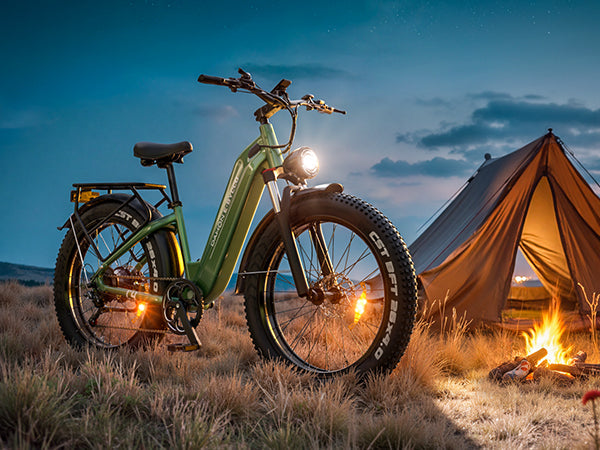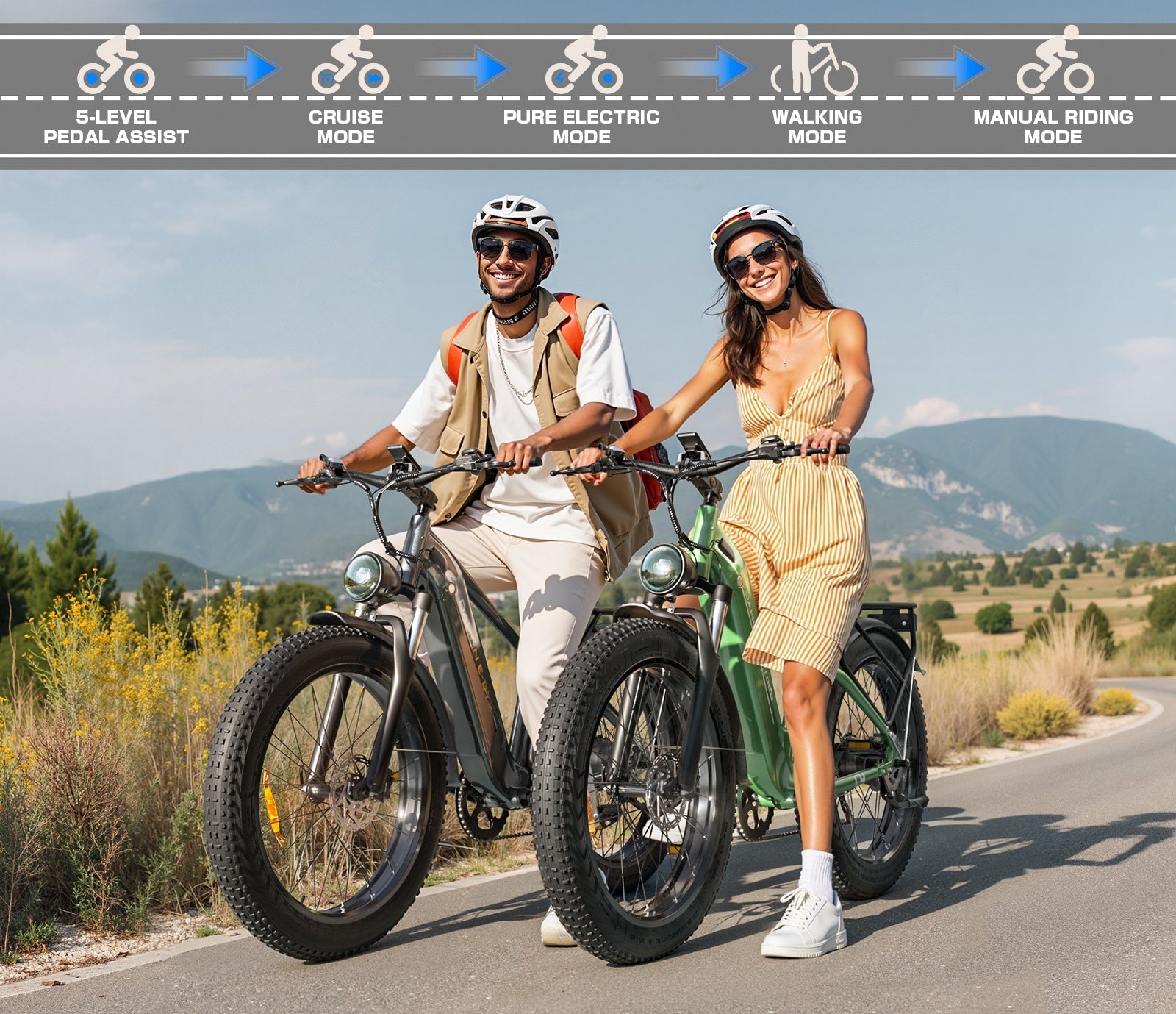Electric bikes have surged in popularity as a green, efficient, and enjoyable means of transportation and recreation. However, riders who live in rainy climates or those who might get caught in a sudden downpour often ask: Are electric bikes waterproof?
This question is essential given the electronic components integral to e-bikes, such as the motor, battery, and controller, all of which are susceptible to water damage. Let's delve into the details of what makes e-bikes handle water exposure, the limitations of their design regarding water resistance, and how to care for them to maximize their lifespan and performance.

Understanding Water Resistance in E-Bikes
1. IP Ratings:
The waterproof and water-resistant capabilities of electronic devices, including e-bikes, are often described using IP (Ingress Protection) ratings. These ratings are defined by international standard IEC 60529, which classifies the degree of protection provided against the intrusion of solid objects (including body parts like hands and fingers), dust, accidental contact, and water. E-bike components, particularly batteries and motors, typically have IP ratings that indicate how they fare against water exposure. For example, an IP rating of IP65 means that the e-bike’s component is dust-tight and protected against water jets from any direction.
2. Component Protection:
Battery: Most e-bike batteries are designed to be at least water-resistant if not fully waterproof. This means they can handle light to moderate rain but should not be submerged in water. EBYCCO's battery has a thick outer shell, which can play a good waterproof effect.

Motor: E-bike motors are generally built to endure wet conditions, including riding through puddles and rain. However, submerging the motor in water, like riding through deep floods, can be risky.
Display and Controller: These components usually have some level of water resistance, but they are often less protected than the battery and motor. It is advisable to avoid direct exposure to heavy rain or standing water.
Limitations and Precautions
While e-bikes are designed to withstand rain and splashes, they are not typically built to be fully submerged. Here are some precautions you should take:
Avoid Deep Water: Riding through deep puddles or flooded areas can lead to water entering sensitive components.
Regular Maintenance: After riding in the rain, it is a good practice to dry off your e-bike and check for any signs of water ingress around sensitive components.
Use Protective Covers: If you expect heavy rain, consider using a protective cover for the display and controller. In addition, if you charge your bike outdoors, please pay attention to the waterproofness of the charger. If the charger gets wet, it is easy to cause a short circuit and cause danger.
Storage: Store your e-bike in a dry, covered area to avoid prolonged exposure to wet conditions. In sunny weather, please place your electric bicycle in the sun to dry. (Be careful not to expose the battery to the sun)
Maintenance Tips for Wet Weather Riding
Cleaning: Rinse your bike with fresh water after riding in saltwater or muddy conditions and dry it thoroughly.
Lubrication: Chain and mechanical parts should be dried and lubricated regularly to prevent rust and corrosion.
Inspection: Regularly inspect electrical connections and components for signs of corrosion or water damage, which could lead to electrical failures.
Conclusion
E-bikes are not completely waterproof but are generally water-resistant enough to handle typical wet weather conditions safely. Understanding the limitations of your e-bike’s water resistance can greatly help in maintaining its condition and performance. Always refer to the manufacturer’s guidelines for specific advice on maintaining your e-bike in wet conditions. Remember, proper care extends the life of your e-bike and ensures many more enjoyable rides, regardless of the weather.

